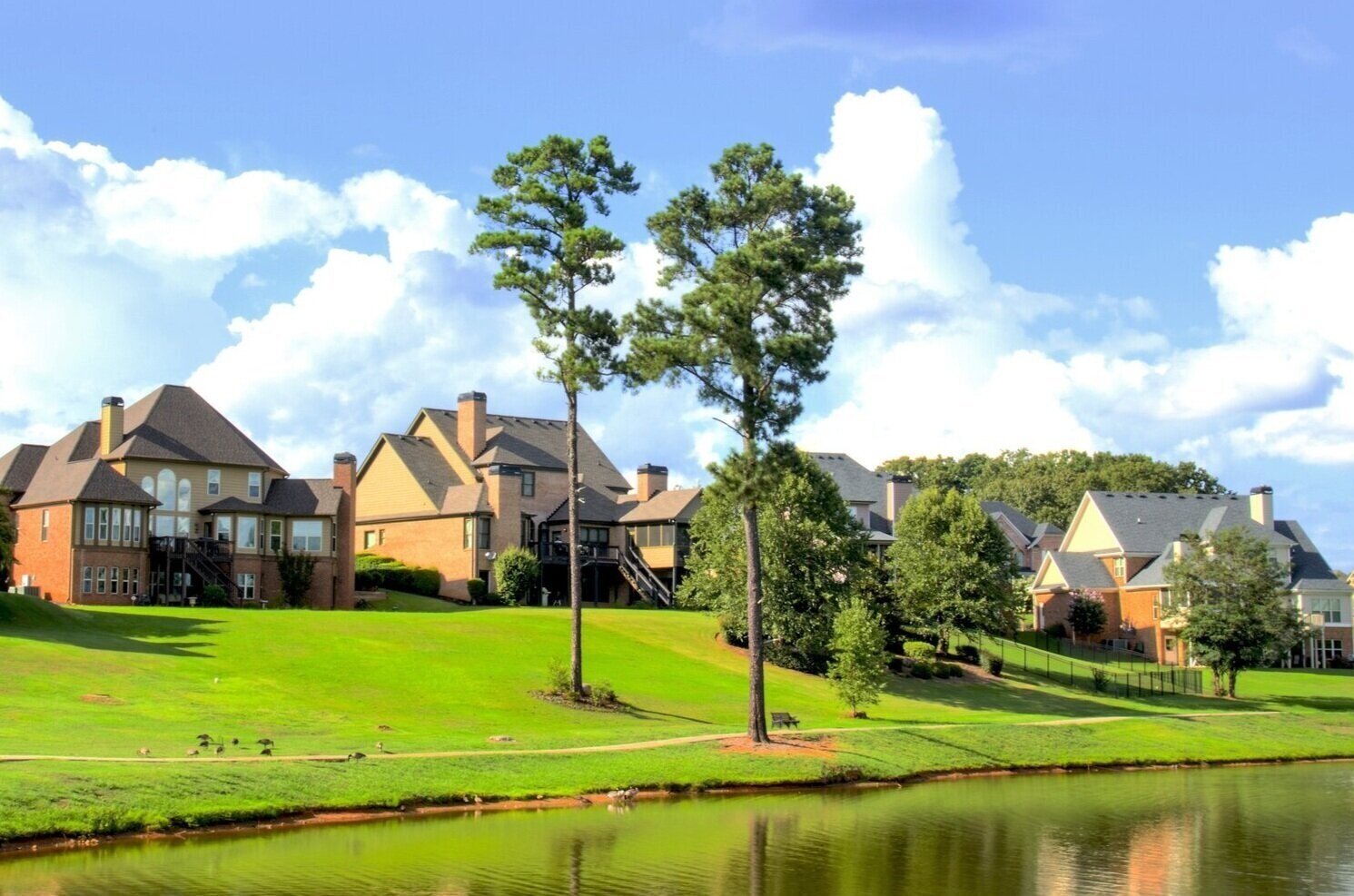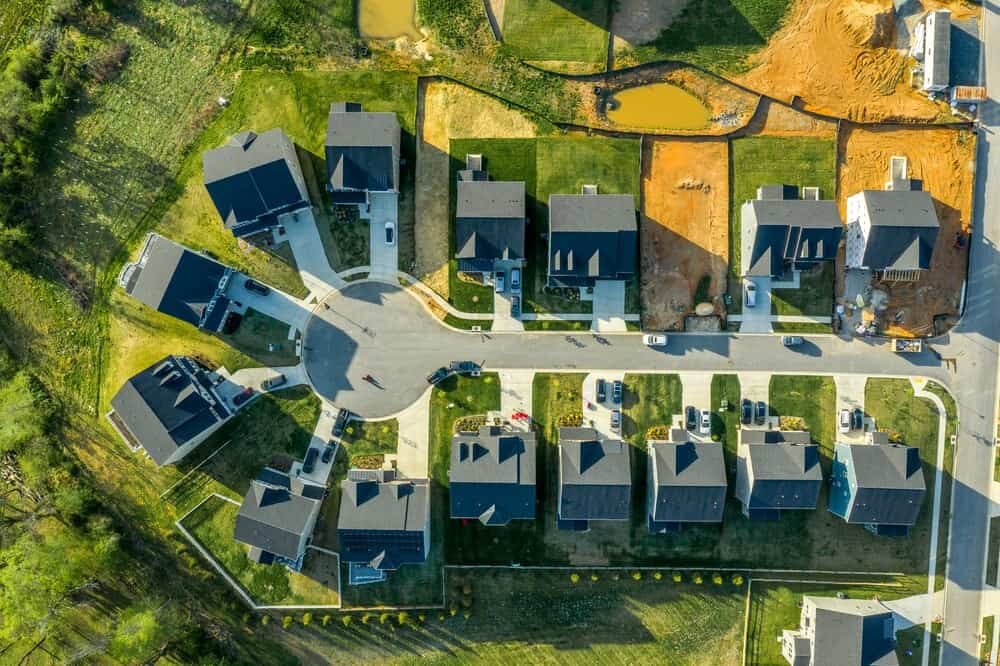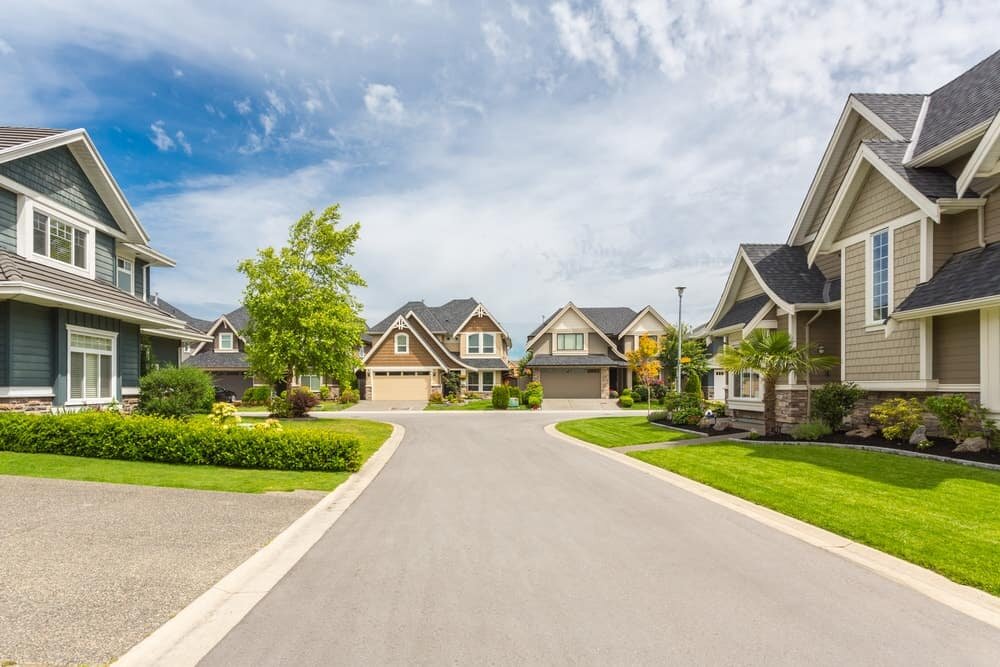CHOOSING A LOT FOR YOUR NEW HOME: LOCATION
You’ve decided, you’re going to move and finally build your dream home. While there are numerous steps in the new construction building process, the very first and one of the most critical steps is “Choosing a Lot for Your New Home.” There are several key factors that you need to consider when choosing the lot that is right for you, including its location.
Location
You’ve heard it before: location, location, location. Not everyone will agree where the perfect home should be located; but if you’ve narrowed it down and decided on a particular city or town (urban or rural), consider these points before making a final decision:
Proximity:
You should ask yourself: what is the lot’s proximity to schools, shopping, work, friends, and recreation? You may not have thought about if before, but if the proximity is too close to amenities, there might be excessive noise, which could not only disrupt your daily life but also impact the home’s potential resale value. On the other hand, if the proximity is too far from conveniences, routine activities may become more complicated. Other proximity issues to consider include the location of substations, streetlights, commercial buildings, landfills, utility lines, airports, train tracks, and major roads and highways to the lot. And conversely, if your lot is in an underdeveloped area, you may want to research through the local zoning and building department to determine if there are any plans to develop surrounding land.
Suitability:
A particular lot may hit all the check boxes for textbook proximity; however, if the lot does not suit your lifestyle and values, it may not be an ideal choice for you. For example, if your immediate family includes children, then moving to a neighborhood with predominately retirees, may not be the best choice. Also, for consideration is whether the new home fits with other homes in the neighborhood, i.e., will your home be the largest among smaller homes.
Position:
Where is the lot located within the general neighborhood is another factor when considering which lot to build on. The most common location is referred to as an Interior Lot; this type of lot faces the street and probably has a house to the left or right of it. Things to consider with this type of lot is how close is your home to the next-door neighbor and how many, if any, homes can be seen from the backyard.
Another popular lot location is the Corner Lot; this lot type not only faces the street, but one side of the home faces a second street. This is a popular choice because it offers additional accessibility to the home; however, busy streets may contribute to an increase in noise.
Another desirable lot typically for families is the Cul-de-Sac Lot, which is located at a dead-end street. The pros to this lot type is additional privacy, less traffic, and large backyards.
Corner Lot
While not that common, a Flag Lot is an interior lot with an extended driveway that sits behind other homes on the street, offering privacy and potentially better views.
Another lot style that is not very common is the Key Lot. The con to this style lot is that other homes’ backyards abut the side of the key lot, offering less privacy.
The last type of lot is the T-Intersection Lot. A home on this type not only faces the street but it faces a street of oncoming traffic, which can increase exposure to traffic and safety concerns.




